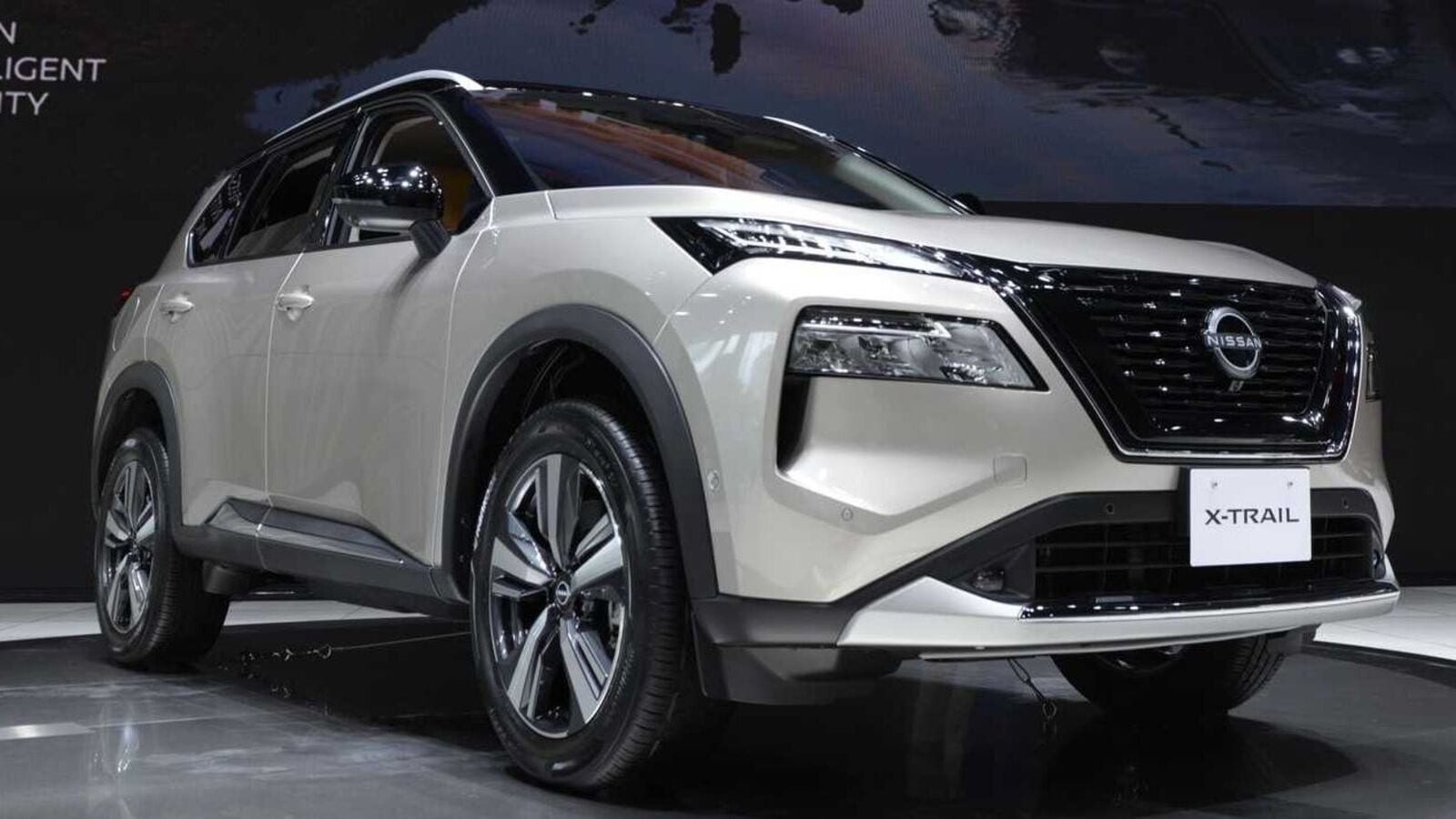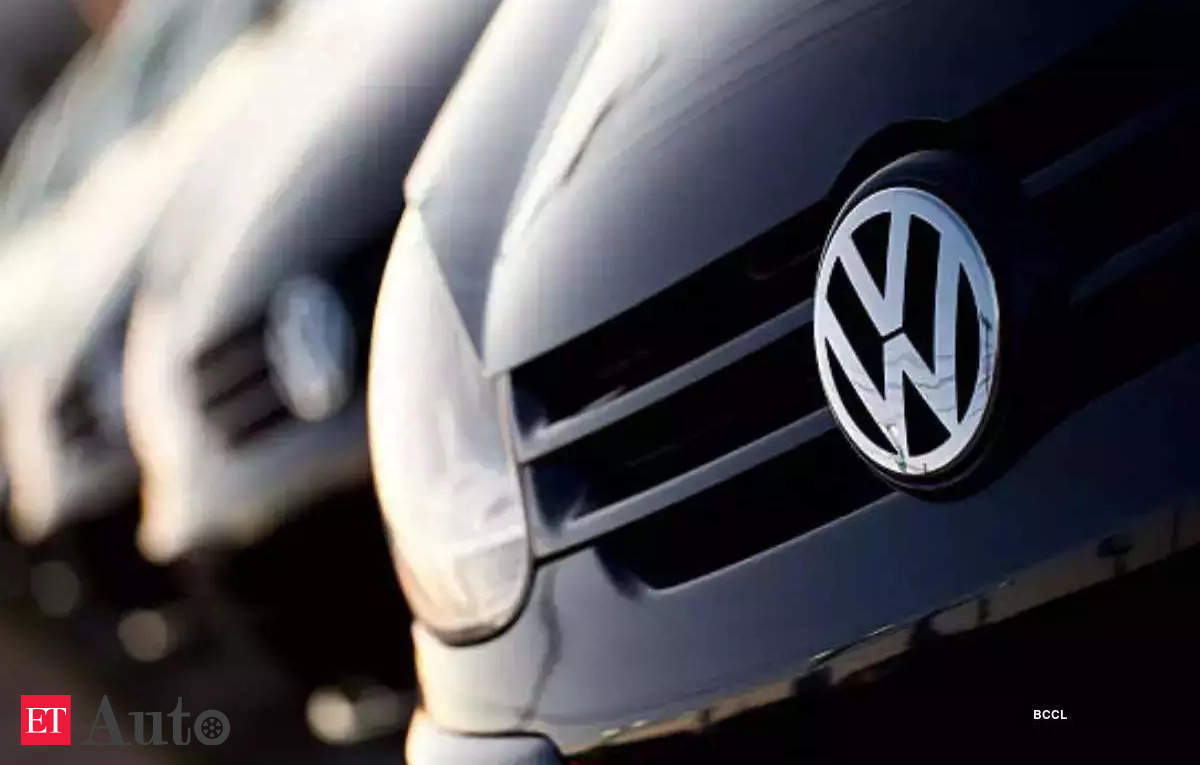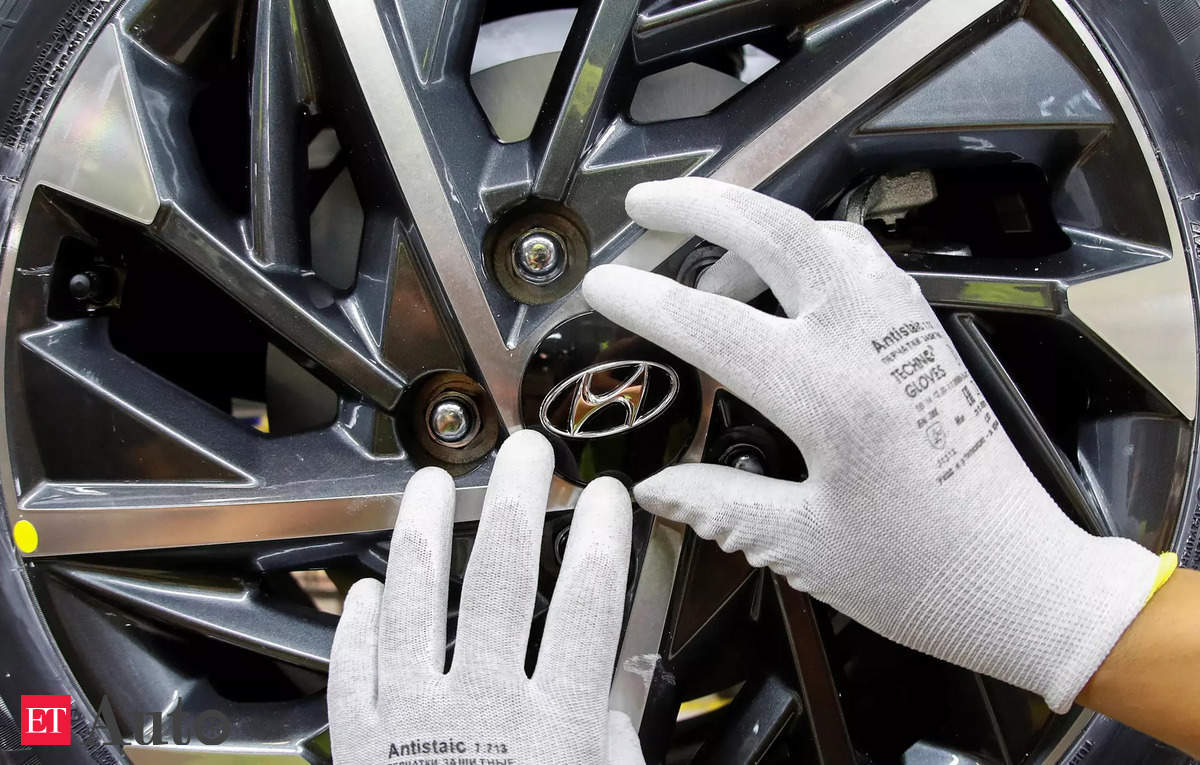Lumax Cornaglia, a joint venture between auto component giant Lumax Auto Technologies and Italy’s Cornaglia Group, is undergoing a strategic shift. While the initial focus was on metal-based exhaust systems, the company now expects plastic tanks, a lightweighting product, to contribute over 50% of its revenue within the next two years.
Vikas Marwah, the CEO of Lumax Auto Technologies, said, “We never thought we would be discussing the manufacturing of plastic tanks when the joint venture started.” Marwah added that going ahead in 2026 or 24 months from now, tanks should contribute more than 50% of the revenue of this joint venture.
“The company’s operating revenue stood at Rs 134.81 crore, reflecting a 35.64% year-on-year growth from Rs 99.39 crore reported in the previous year. Similarly, the operating revenues were Rs 72.62 crore, Rs 47.16 crore, and Rs 44.44 crore in FY21, FY20, and FY19, respectively, according to data filed with the Ministry of Corporate Affairs.
This growth coincides with a trend among vehicle manufacturers to switch to plastic fuel tanks for weight reduction and improved fuel efficiency. Research indicates that plastic tanks, typically made from polyethylene and polypropylene using rotational moulding, offer several advantages over traditional steel or aluminium tanks. These advantages include non-corrodibility, lower weight, resistance to scratches and chipping, and a relatively lower cost.
With an average annual sales volume of around 1 million commercial vehicles, 5 million cars, 17 million two-wheelers, 1 million tractors, and 1.1 million construction equipment, the market presents a significant opportunity. However, to avoid overexpansion, Lumax Cornaglia initially intends to focus primarily on commercial vehicles for the next 5–6 years before venturing into other segments. Another strong reason for the company’s focus on commercial vehicles is that nearly 50% of its existing business already comes from this segment. As Marwah stated, “On the current roadmap, the thinking for the next two to three years is that 75% of the contribution will come from commercial vehicles.”
Apart from plastic tanks, the other major products manufactured by Lumax Cornaglia are air intake systems, 3D blow moulding intake ducts, CAC ducts, and fuel filler pipes, They also have capabilities for lightweighting & emissions, such as urea tanks, among others. Its JV partner brings technology in the industrialisation of 3D blow moulding technology for intake ducts, CAC ducts—high significance from an emissions perspective, and overall durability and weight reduction. It has the capability to supply complete vehicle emission systems to OEMs in the four-wheeler and commercial vehicle categories.
Lumax Cornaglia forms roughly 6% of Lumax Auto Technologies’ total revenues, which stood at Rs 1871.3 crore in FY23. With the company’s growth plans charted out, the management’s expectation is to take the share to upwards of 10-12% going forward, as it stands with its other joint ventures.
Roto moulding machine driving the plastic growth
However, when one looks at the larger picture, Lumax Cornaglia’s decision to get into rotational moulding technology, which is used in the manufacturing of plastic tanks stands out as it forms the basis of their next phase of growth in high potential commercial vehicle and off highway segments. To the company’s advantage, it already possesses two out of the total four roto moulding machines in India.
Marwah emhasised that the mandate for him is to increase the products from rotational moulding to more than 30% of the total product portfolio. Some of its common applications in the automotive industry, apart from the fuel tank, include cabin roofs for trucks, housing boxes for tractors, excavators, and three wheelers, among several other applications. “Our mandate will continue to be in automotive; that is the strategic direction from the board. And that is where we will continue to play but by going up the value chain of the current products, expanding the moulding capabilities beyond the traditional products,” added Marwah, explaining that the technology is targeted for low volume uses.
Rotational moulding, also known as rotomoulding is a manufacturing process that’s well-suited for creating hollow plastic parts. As part of the rotational moulding process, a hollow mould is created, which is typically made of metal. The powdered plastic resin is then poured into the mould. The mould is then sealed and rotated on two axes while being heated. This has caused the plastic powder to melt and coat the inside of the mould. As it continues to rotate,the mould is then made to cool down, thereby solidifying the plastic into the desired shape. Once cooled, the mould is opened and the finished part is removed.
Reality Decision to get into lightweighting
Getting into the plastic tank business was not a knee-jerk reaction. Soon after signing the JV, the company began to feel the need towards getting into lightweighting. While, it had begun among global OEMs from Europe, the US, and others, their Indian counterparts had also begun to think along similar lines, although it took a few years before changes actually set foot in.
Recalling the feasibility studies conducted with Indian OEMs between 2007 and 2010, Marwah noted that a clear mandate emerged: OEMs were increasingly requiring plastic-based emission systems. In response, Lumax Cornaglia made a strategic decision to shift focus from metal-based systems to plastics. This decision aligned perfectly with Lumax Group’s core competency in plastic moulding. After all, injection moulding is a technology extensively used across its various JVs, including those for lighting products, housing assemblies, exterior plastics, and lighting modules.
An injection moulding process involves, heating plastic granules until they melt into liquid form. The molten plastic is then injected under high pressure into a mould cavity with the desired shape. As the plastic cools and hardens within the mould, it takes on the mould’s shape. Furthermore, once it solidifies, the finished part is ejected from the mould. It is used in high-production volume and complex products such as body panels, door panels, and grilles that form the exterior of a vehicle. On the interior side, it can be used for the manufacturing of dashboards, instrument panels, air vents, centre consoles, etc.
Keeping an eye on changing fuel adoption
In conclusion, Lumax Cornaglia is actively adapting to the changing landscape of the automotive industry as powertrains shift towards hybrid modes, alternative fuels, and electric vehicles (EVs). The company is committed to addressing the thermal management needs of OEMs during this transition, recognising that it may take some time before commercial vehicles, especially trucks, fully embrace electric power. By ensuring that their products are joint ventures align with leading platforms of various vehicle manufacturers; Lumax Group in general and Lumax Cornaglia, in particular, is aiming to be compatible with the upcoming wave of electric vehicle models anticipated to be released by various OEMs in the next 12 to 18 months. This strategy will provide valuable insights into the future direction of the EV market over the next 2-3 years, Marwah continued before signing off.



